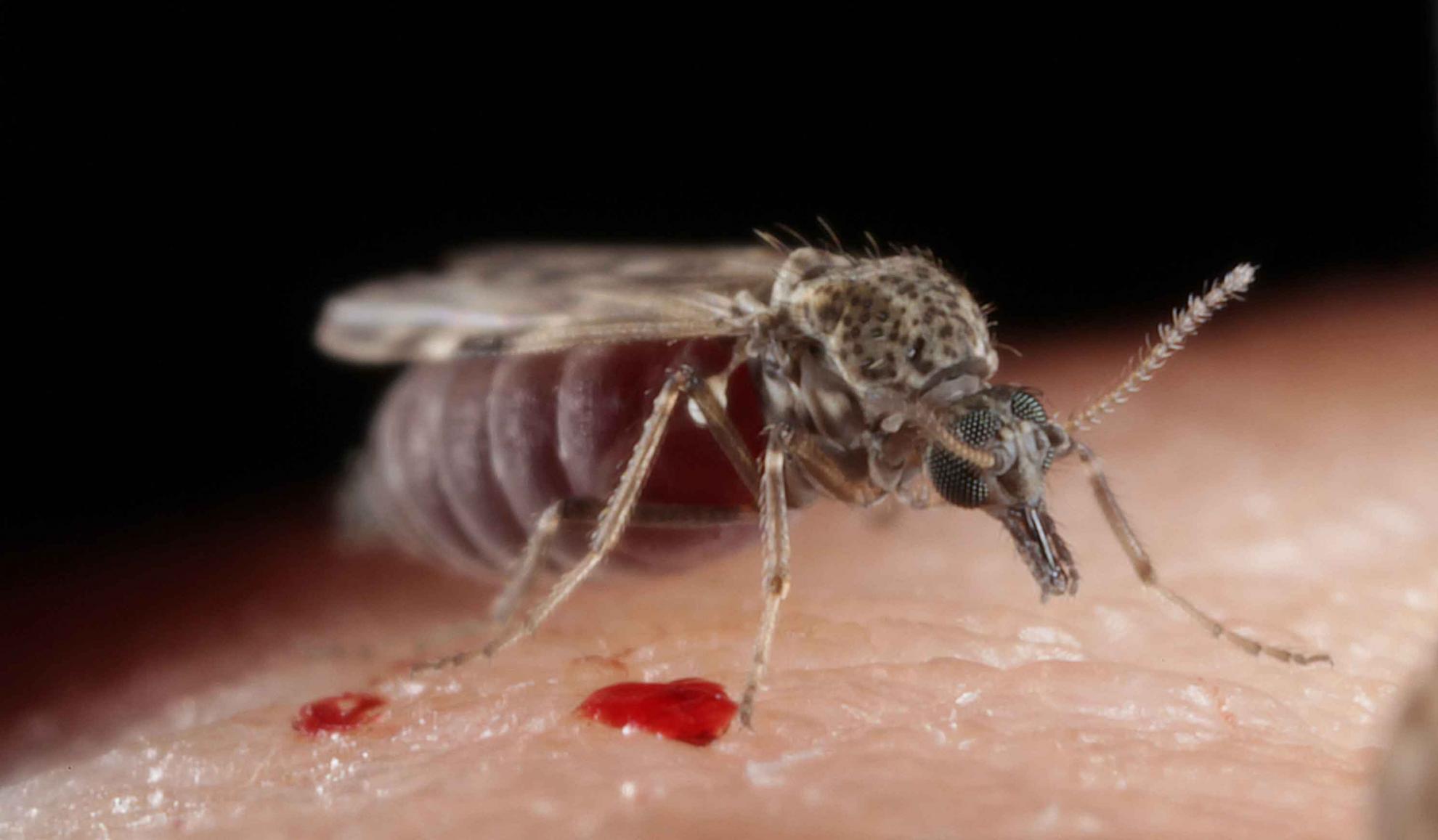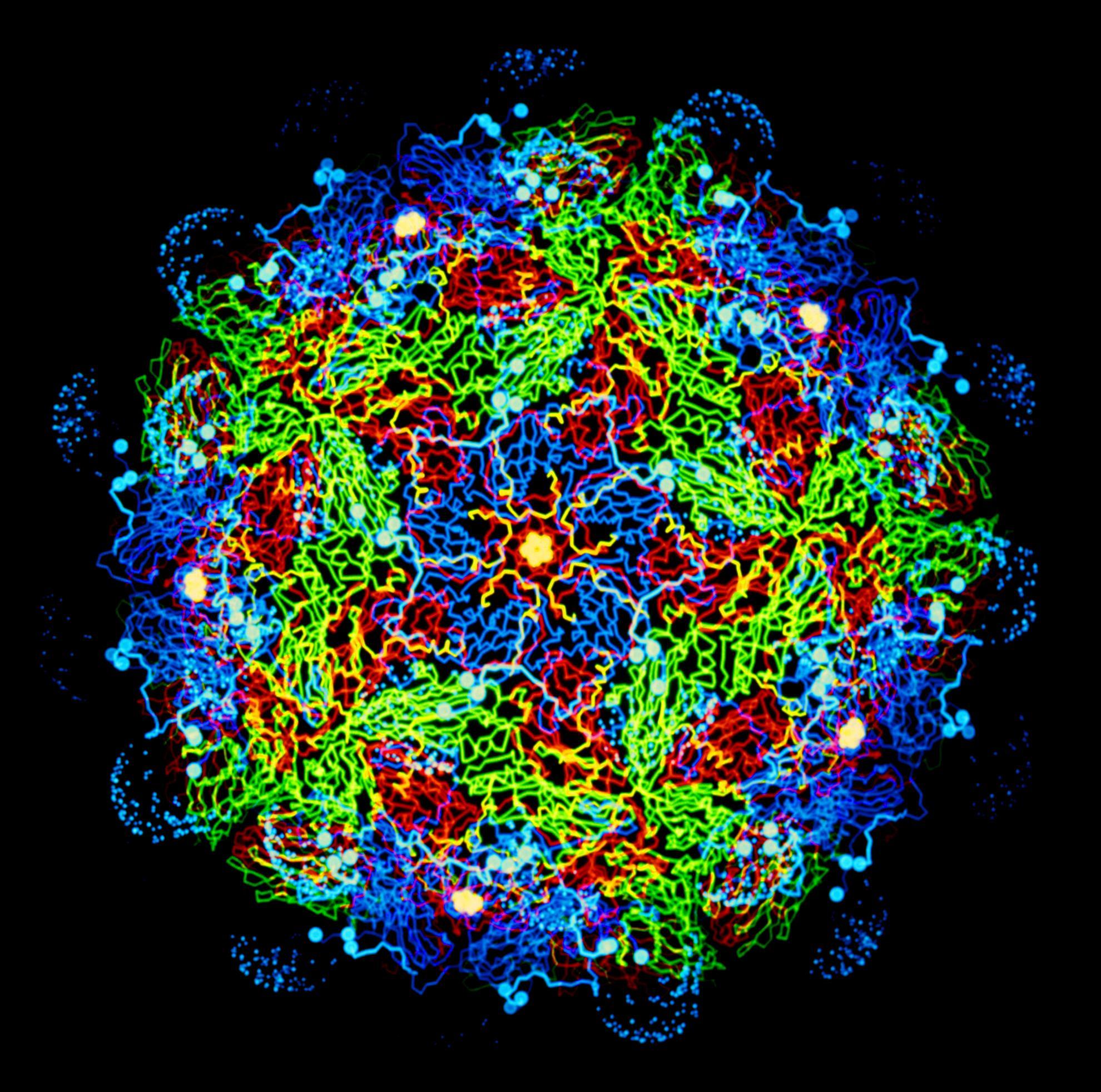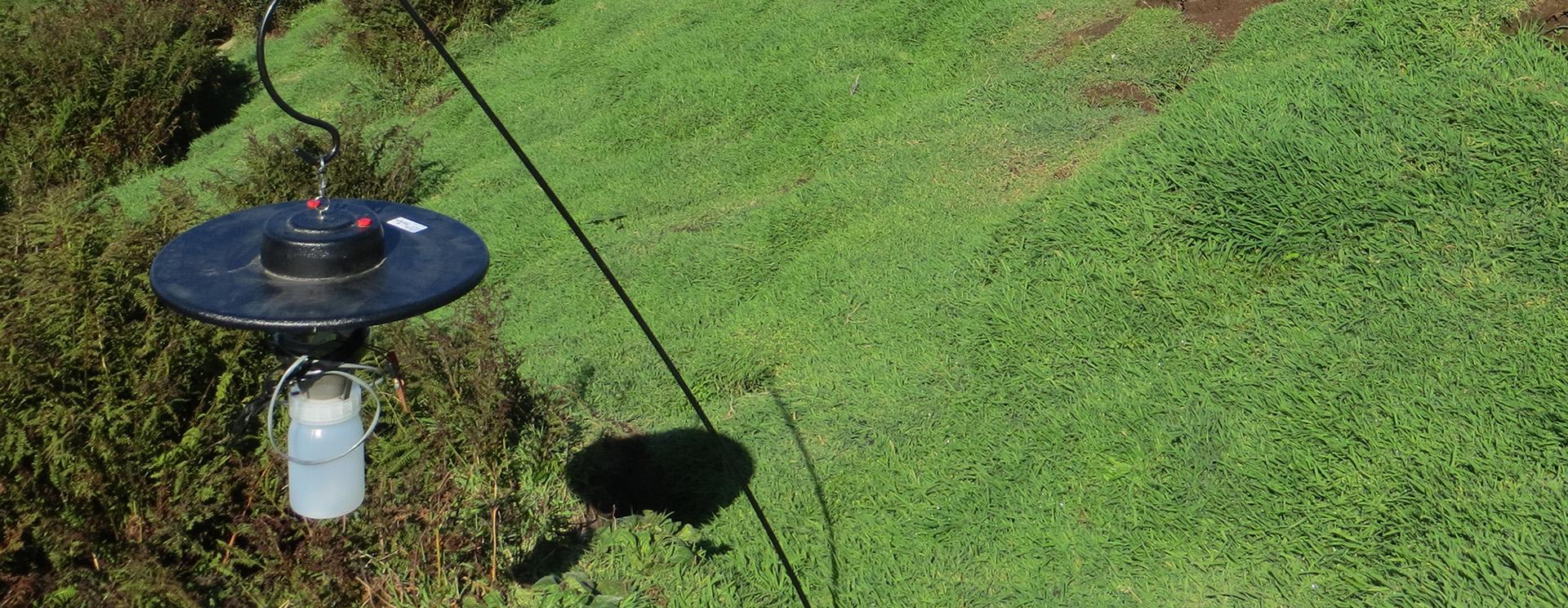Long-term shifts in the seasonal abundance of adult Culicoides biting midges and their impact on potential arbovirus outbreaks
Surveillance of adult Culicoides biting midge flight activity is used as an applied ecological method to guide the management of arbovirus incursions on livestock production in Europe and Australia.
To date the impact of changes in the phenology of adult vector activity on arbovirus transmission has not been defined. We investigated this at two sites in the UK, identifying 150,000 Culicoides biting midges taken from 2867 collections over a nearly 40 year timescale.
Whilst we recorded no change in seasonal activity at one site, shifts in first adult appearance and last adult appearance increased the seasonal activity period of Culicoides species at the other site by 40 days over the time period.
Lengthening of the adult activity season was driven by an increase in abundance of Culicoides and correlated with local increases in temperature and precipitation. This diversity in responses poses significant challenges for predicting future transmission and overwintering risk.
Policy implications. Our analysis not only shows a dramatic and consistent increase in the adult active period of Culicoides biting midges, but also that this varies significantly between sites. This suggests broad‐scale analyses alone are insufficient to understand the potential impacts of changes in climate on arbovirus vector populations. Understanding the impact of climate change on adult Culicoides seasonality and transmission of arboviruses requires the context of changes in a range of other local ecological drivers.


